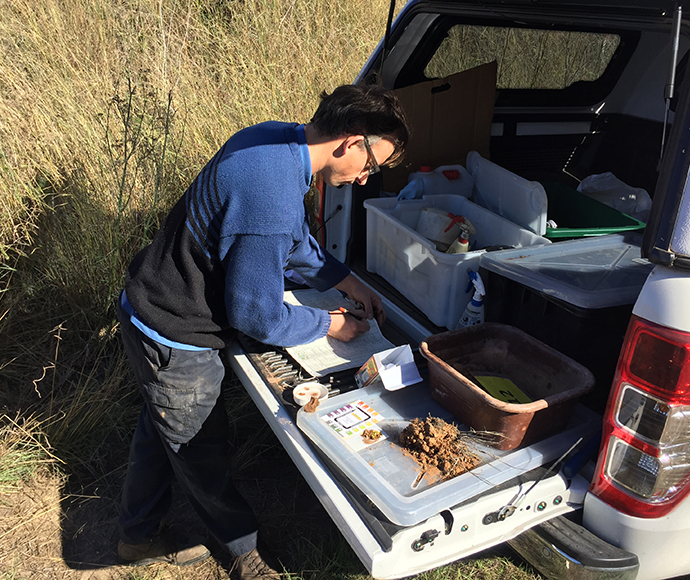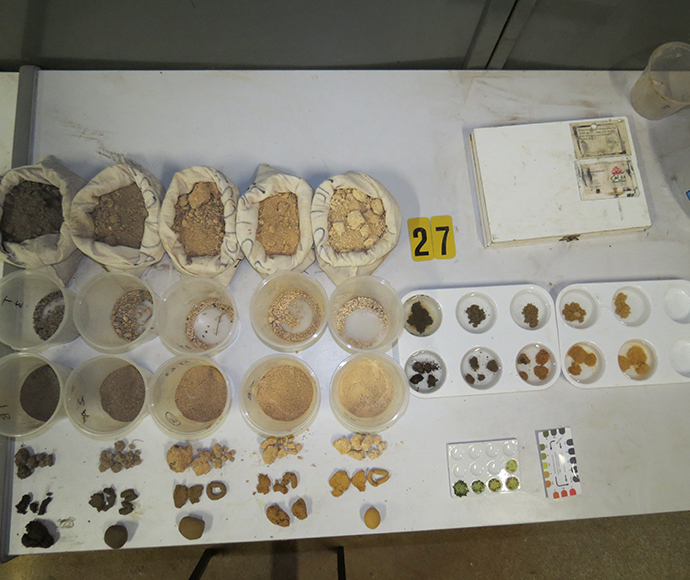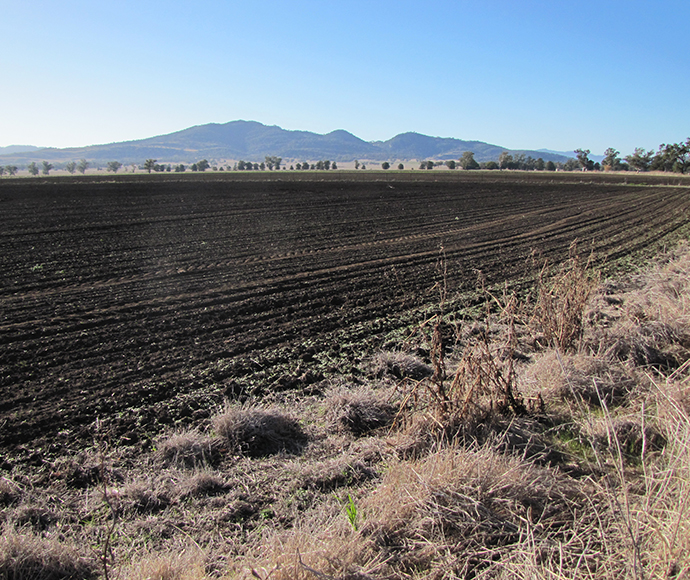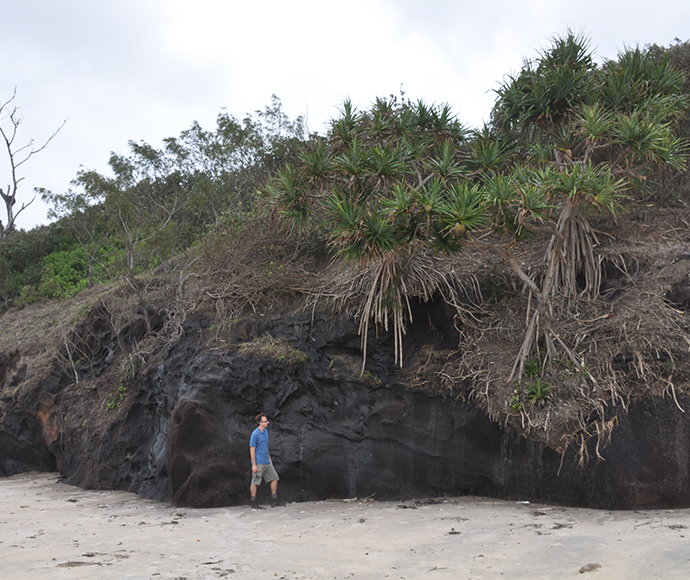The Soil and Land Information System (SALIS) is a large database of information collected over many years by earth scientists and other technical experts. It contains descriptions of soils, landscapes and other geographic features, and is used by the NSW Government, other organisations and individuals to improve planning and decision making for natural resource management. The database is constantly updated as new information on the state's soil resources becomes available.
What does SALIS contain?
SALIS contains 2 major types of soil and land information:
- Soil profiles: these are observations of landscape and soil features at a particular point on the land surface. Each observation may include assessments of landform, geology, hydrology, native vegetation, land use, and land and soil degradation, as well as a description of the soil itself, plus laboratory test results (if collected). There are over 73,000 soil profiles currently recorded, of which about two-thirds are publicly available.
- Soil and landscape mapping: mapping and describing the landscapes and soils of New South Wales have been carried out under various programs and organisations since the 1980s. The Department of Climate Change, Energy, the Environment and Water continues this activity with the long-term aim of providing a complete high-quality coverage of the state.
How to access SALIS data
You can access soil and land information from SALIS free of charge using eSPADE. If you are using a Geographic Information System (GIS), you can download digital soil map data on the SEED (Sharing and Enabling Environmental Data) portal. If you have specific requirements for soil and land information (for example, in bulk form as spreadsheets), please contact us.
How to contribute data to SALIS
We welcome contributions to SALIS from those with at least basic knowledge, training and/or experience in soil description. You can record soil information and contribute it to SALIS using the eDIRT data collection application: please register for an account using the link on the eDIRT log-in page.
Why contribute data to SALIS?
By contributing your data to SALIS you can take advantage of advanced data capture tools (eDIRT), no-cost, secure storage and ready availability of information products, such as maps, reports and spreadsheets, via eSPADE.
Also, by sharing your soil and land information you are contributing to better natural resource management in New South Wales and thus a better environment. Making your data publicly available also prevents duplication and wastage of effort by others.
Resources
- Assessing the texture of your soil
- Detecting soil structure decline
- Glossary of terms used in soil and landscape science
- Land and soil capability assessment scheme
- Soil Regolith Stability Classification for State Forests in Eastern New South Wales, Technical Report No. 41
- Australian soil and land survey field handbookopens a new window
- Australian soil classificationopens a new window
- Guidelines for surveying soil and land resourcesopens a new window
- Interpreting soil test resultsopens a new window
- Munsell Soil Color Chartsopens a new window
- Soil chemical methods – Australasiaopens a new window
- Soils in the Australian landscapeopens a new window
- SOILpak series onlineopens a new window
- Soil physical measurement and interpretation for land evaluationopens a new window
- Soils – their properties and managementopens a new window
SoilTalk! news
Stay up to date on the latest news and events about landscapes, soils and systems in New South Wales.






